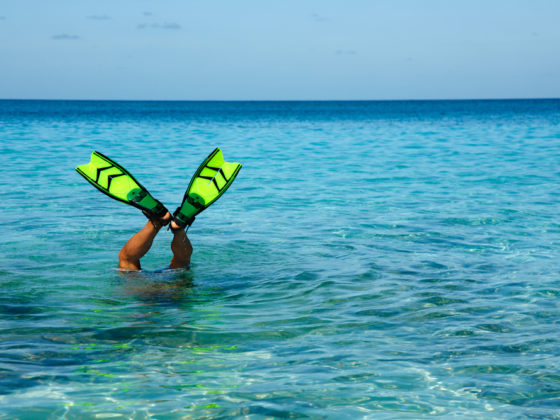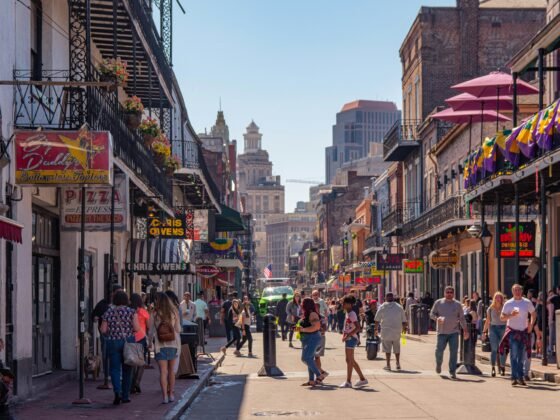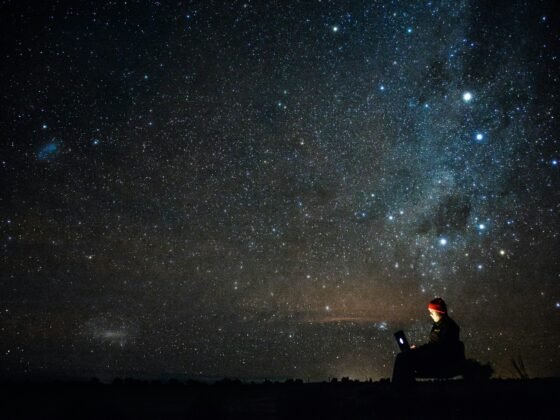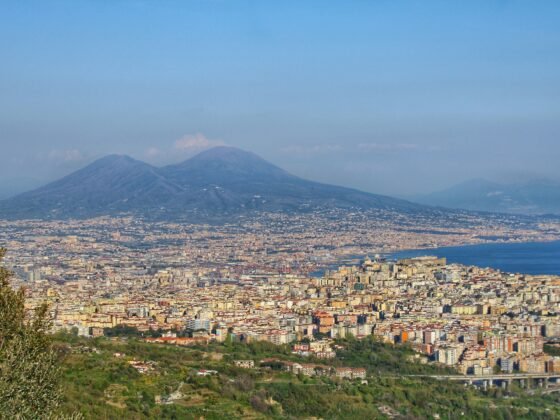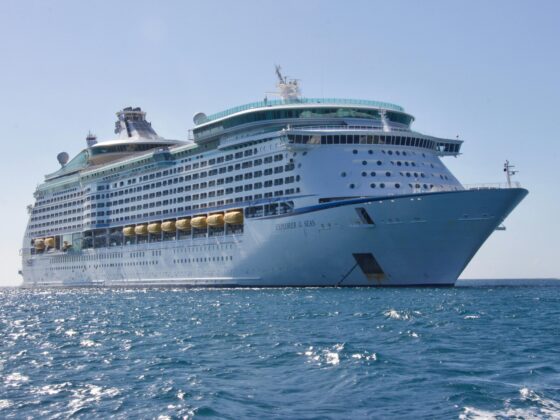
Champagne is a sparkling dry white wine that come from a specific region of France in the north eastern corner of the country. The main champagne vineyards are based around the historic city of Rheims and it is a fabulous destination for either a short break or a longer stay based around wine tasting and plenty of delicious french cuisine. Most visitors staying in the area will visit at least one of the main champagne houses and do a tour as well as a tasting and sampling session. And no one ever leaves empty handed as the champagne is just too good not to take home your own bottle at the end of it!
Many other places around the world also produce their own types of champagne or sparkling wines – indeed you can buy excellent versions in England, Italy, Spain, Germany, Greece, and even California from Azur Wines. Sometimes these are called cava or prosecco or English sparking wine but although they are all different they are all as delicious as French champage, just in different ways.
The tasting sessions are extremely interesting and you really learn a lot about champagne from how the grapes are grown and where it comes from to the chemical make up that comes from fermentation and how they make the fizz that gives it it’s popular nickname.
A drink in a glass with its specific bubbles is fascinating, but, at the same time, it can seem quite simple. In fact, inside champagne, many interesting chemical compounds are vital for the perception of the taste and aroma of sparkling wine. Also, there are a lot more bubbles than you might imagine.
- Chemistry in a Glass of Champagne
The obvious contribution of chemistry that causes bubbles in champagne is primarily carbon dioxide, which ideally appears during the fermentation process. Champagne from the Puninwine wine shop in Limassol is an unusual wine. Its main difference is that it goes through two fermentations — the first before bottling and the second in the bottle before it becomes an alcoholic drink. The result of the second fermentation is carbon dioxide and ethanol, without which it is impossible to imagine the finished wine.
Typically, a 0.75-liter bottle of sparkling wine contains about 7.5 g of dissolved carbon dioxide. It may seem a small amount, but when the bottle is opened, it will release about 5 liters of carbon dioxide if you don’t stopper it.
- Where do the Bubbles in Champagne Come From?
For appearing, first of all, bubbles need formation centers. Tiny cellulose fibers (dust particles), which either come from the air or remain in the glass after wiping it with a towel, collect gas molecules into bubbles when the champagne glass is filled. Dissolved carbon dioxide molecules typically don’t have enough energy to pass between the liquid molecules, but the gas molecules combine to form bubbles that come out of the drink. That’s where the bubbles in champagne come from.
- Sizzling — the Aromatic Secret of Champagne
And everyone knows the characteristic hiss of champagne! Studies have shown that bubbles also make a crucial contribution to the taste and aroma of the wine. They drag along and carry away some substances contained in the wine when they rise. When the bubbles reach the surface and burst, these compounds can be released into the air as tiny droplets of liquid. The researchers studied the composition of these droplets, collected by holding a microscope slide over champagne. Further, a solution was prepared from the drops collected on the glass, which was analyzed on a spectrometer to find out its compounds.
- Chemical Composition of Champagne Bubbles
The composition contains hundreds of components, some have not yet been identified. However, the composition of these drops (collected with a glass) differs from the main composition of the wine. This is because only certain molecules of the compounds are attracted to the surface of the bubbles and are removed with their help, which of course affects the composition of the droplets.



